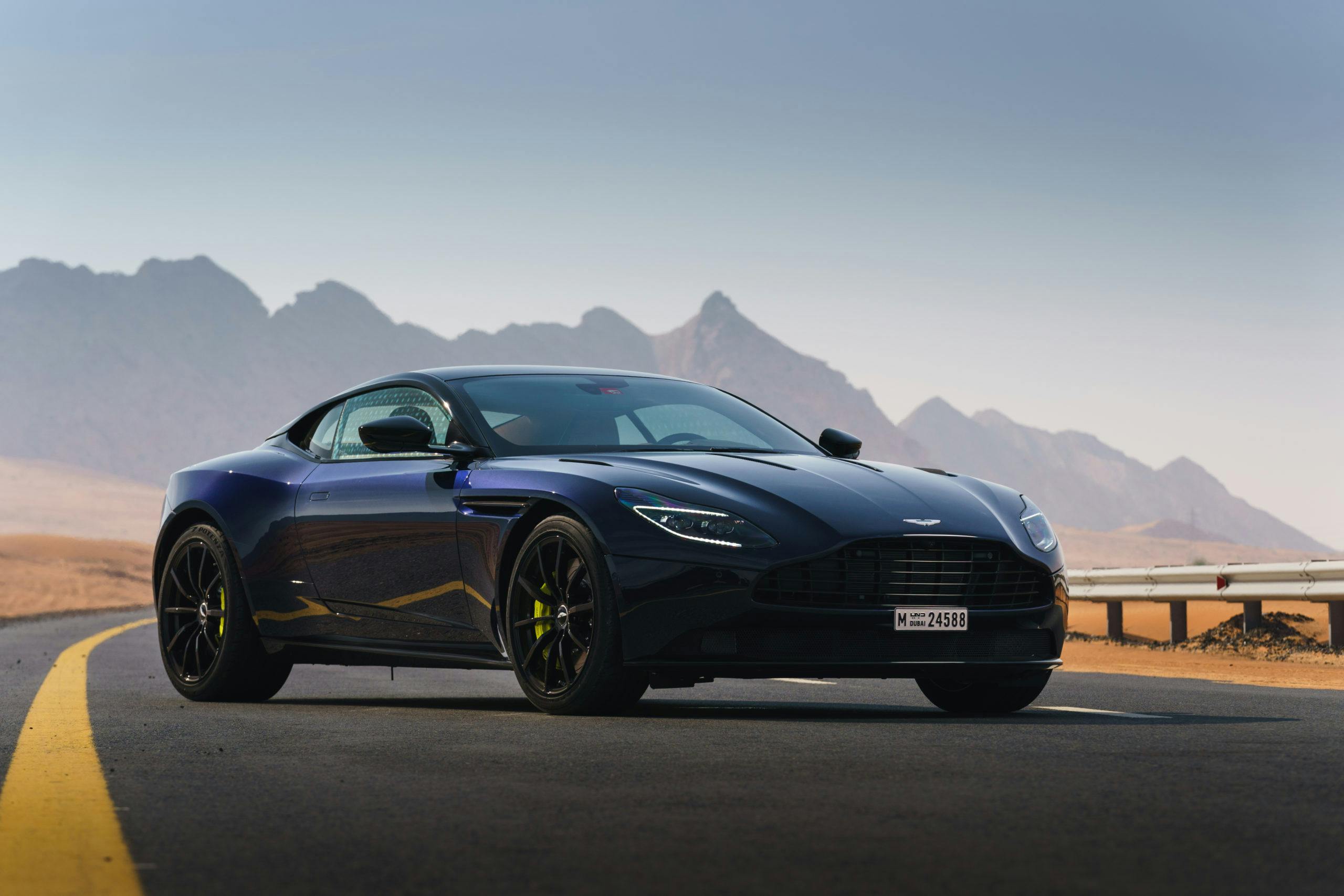Aston Martin is looking to ditch its staple V8 and V12 engines in favor of battery-electric powertrains when it replaces two of its models. Speaking with Automotive News Europe, Aston Martin CEO Tobias Moers revealed that the successor to the Vantage and DB11 will use battery-electric powertrains. This move is right in line with the company’s initiative to spread electrified powertrains across its lineup, focusing on both battery-electric and hybrid applications.
The Valkyrie will be Aston Martin’s first hybrid supercar. It uses an electrified V12 engine with components provided by Rimac and a seven-speed single-clutch automated manual transmission. The Valkyrie’s combined output is 1,160 hp. Following the Valkyrie will be the 950-hp Valhalla, which uses an AMG-sourced V8 as its foundation and uses a carbon fiber monocoque. The Valhalla has a top speed of 217 mph and is targeting a Nürburgring lap time of 6:30. Aston Martin is targeting a dry weight of 3,417 pounds in the Valhalla.
Outside of super high-performance sports cars, Aston Martin will also add a plug-in hybrid variant of the DBX crossover. The production version of the Vanquish Vision Concept will also be a plug-in hybrid model. However, for the Vantage and DB11, they’ll go straight to all-electric. The succession of our traditional sports segment has to be fully electric, no doubt,” Moers told Automotive News Europe.
It’s still unclear how Aston Martin will distinguish the standard model from the new mid-engine lineup as electrification spreads across its lineup. Former CEO Andy Palmer originally planned to add the all-electric Rapid-E sedan as Aston Martin’s first EV and was to be followed with the launch of Lagonda as a separate electric brand. However, that plan was scrapped when Canadian billionaire Lawrence Stroll gave the brand a financial lifeline and became its executive chairman. Moers revealed that Aston Martin says that it’s targeting 600 km or 372 miles per charge on its EVs. The brand’s first all-electric sports car will arrive in 2025 or 2026 and will be followed by a crossover. By 2030, 50 percent of Aston Martin’s lineup will be all-electric.
Partnering with Daimler has also helped accelerate Aston Martin’s electrification plans. This is the result of Daimler sharing more of its technology with Aston Martin in exchange for a stake of up to 20 percent in the latter. Currently, Daimler owns 2.3 percent of Aston Martin. Moers noted that Mercedes-Benz technology will be tailored specifically to Aston Martin’s requirements. Everything can be customized including the user interface, which Moers said will have a bespoke look. The DBX should be the next vehicle to benefit from an electrified powertrain sourced from AMG.
Aston Martin predicts its midterm sales will increase to 10,000 units, which is higher than the 6,000 vehicles it originally forecast. Credit goes to the DBX crossover, which accounted for 50 percent of sales in the first quarter of 2021. That model should remain Aston Martin’s bread and butter for the foreseeable future. Expect the addition of electrified models to broaden the Aston Martin brand’s appeal to more consumers as electric powertrains continue to trickle down to the brand’s other vehicles.

